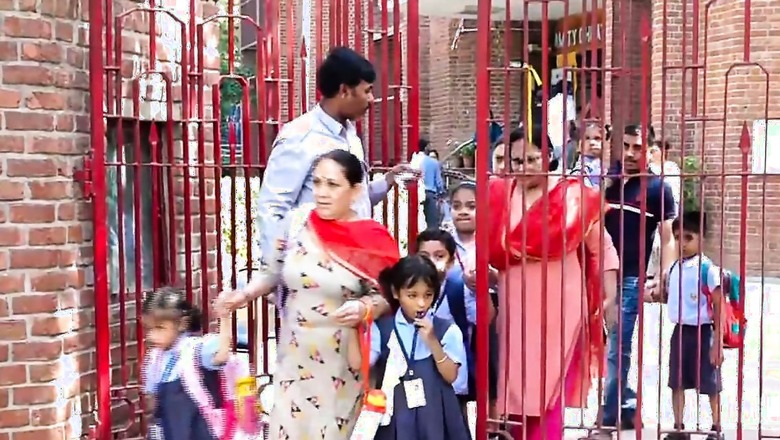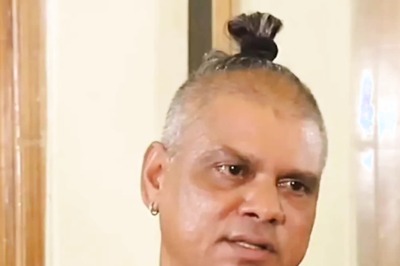
views
Two years since its inception, the PM Shri Yojana continues to be a focal point of debate and development in the education sector. Launched by the central government, this ambitious initiative aims to transform 14,500 primary, secondary, and higher secondary schools across India into model institutions aligned with the National Education Policy 2020.
Financial Allocation and Disbursement Issues
With a whopping budget exceeding Rs 27,000 crore allocated for five years, PM Shri Yojana underscores a significant investment in educational infrastructure. However, the scheme has faced challenges, notably from states such as Delhi, Punjab, and West Bengal, which have declined to sign the Memorandum of Understanding (MoU) required for participation. Consequently, these states have missed out on crucial funding, highlighting friction between the center and non-participating states.
Implementation and School Selection
The selection process for PM Shri schools operates through a ‘Challenge Mode’, where schools meeting specified criteria can apply online. Urban schools must score at least 70%, while rural schools require a minimum of 60% to qualify. A special committee oversees the final selection, ensuring transparency and adherence to set benchmarks.
Geographical Distribution and Participation
Uttar Pradesh leads with the highest number of PM Shri schools (1,865), followed by Maharashtra (910) and Andhra Pradesh (900). Interestingly, states not governed by the BJP have shown mixed responses, with some opting out due to existing state-specific educational initiatives.
Future Prospects and State Governance
While the PM Shri Yojana aims for nationwide impact, its success hinges on broader state participation. States like Tamil Nadu and Kerala have shown interest despite not signing the MoU, underscoring a complex interplay between federal policies and state autonomy in educational matters.
As the PM Shri Yojana continues to evolve, its impact on educational standards and infrastructure remains a critical benchmark for future educational reforms. The scheme’s integration into broader national policies and its reception among states will likely shape the educational landscape for years to come.
This comprehensive overview illuminates PM Shri Yojana’s objectives, challenges, and the path forward as it strives to redefine educational excellence across India.



















Comments
0 comment